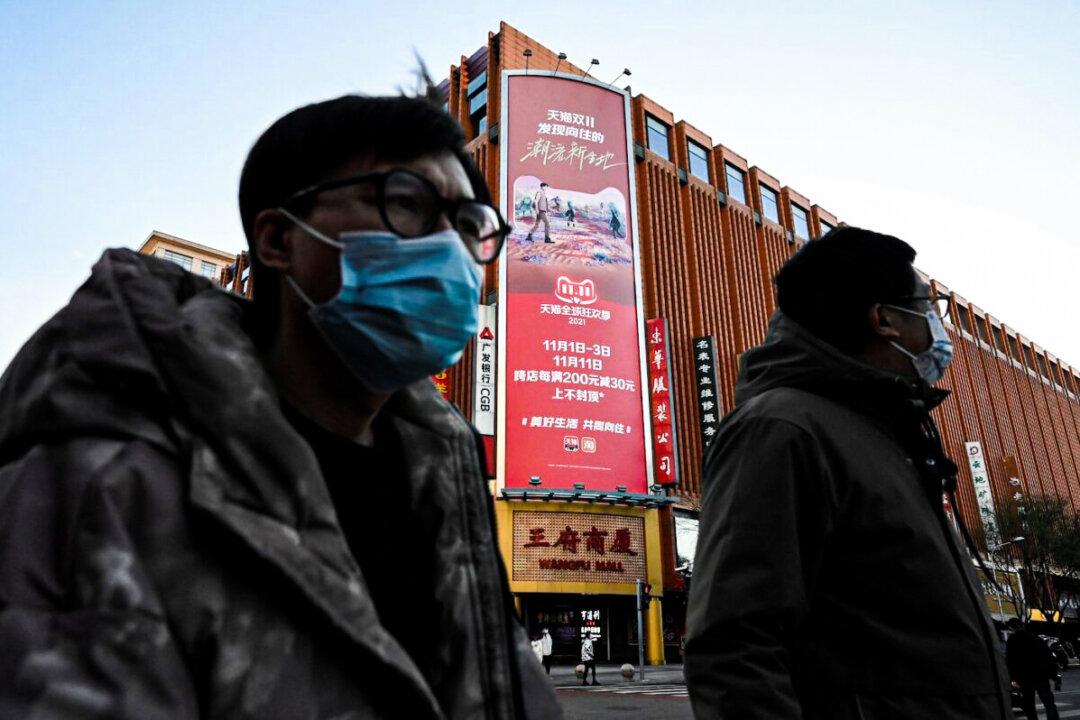If you are looking for a single word to summarize China’s economic situation in the year just gone by, it is “unemployment.” The flood of bankruptcies, flight of foreign investment, 300 million migrant workers losing their jobs, the government forcing troubled state-owned corporations to remain open, its giving jobs to veterans, and policies encouraging migrant workers to return to their hometowns to start new enterprises—these are all about unemployment.
Coal and Steel Industries Broke
China’s coal and steel industries have been the country’s biggest employers. The coal industry workforce used to be over 5.8 million, and steel employed another 3.3 million. Bankruptcies of businesses in these two industries will inevitably lead to massive unemployment.
On Aug. 24, 2015, the State Council issued a briefing of an investigation into the risks in the coal mining industry and how to manage them. The report stated that 4,947, or 48 percent, of Chinese coal mines have shut down or stopped production. In other words, nearly half of China’s coal production has closed. Shaanxi, Shanxi, Inner Mongolia, and other coal-rich provinces are seriously affected. In Inner Mongolia, which has the country’s largest coal reserve, half of all mines have shut down or are in a state of suspension. As a result, more than 100,000 people have become unemployed. The coal industry depression began in 2013; many companies struggled to hold on until now, but they can survive no longer.
The situation in the steel industry is similar. Serious excess capacity has led to low profits through the entire industry. According to insiders, there is a five-year inventory stockpile of all types of steel. In early August, the price of steel was at 1,800 yuan ($273) per ton, or 0.9 yuan ($0.14) per pound—cheaper than cabbage.
This is a snapshot of China’s economic slowdown and weak industrial demand. Industry professionals say that things will get even worse for the steel sector. At present, China has 2,460 steel companies. This number is expected to eventually drop to 300. This indicates that more than 80 percent of businesses are up for mergers and acquisitions, and in the next three years the steel industry will go through a process of restructuring and elimination.
World Factory Moves to Other Countries
In recent years, with the rise of labor costs in China, many companies have moved their factories to Vietnam, India, and other Southeast Asian nations so as to maintain their profit margins. According to data from the Asia Footwear Association, one-third of orders from Dongguan, known as the “shoe capital,” has moved to Southeast Asia. Having been a main workshop of the “world’s factory,” Dongguan’s decline began in 2008, with 72,000 enterprises closing in the next five years. In 2014, no fewer than 4,000 businesses closed. In October 2015, more than 2,000 Taiwan-funded enterprises left Dongguan, and five million workers were laid off.





